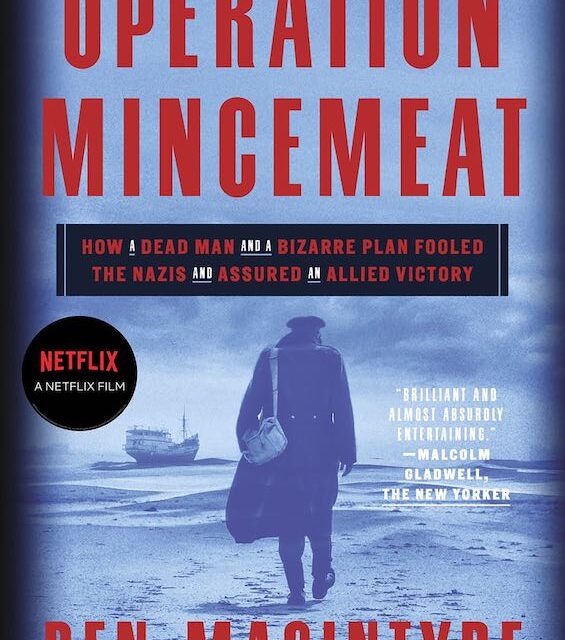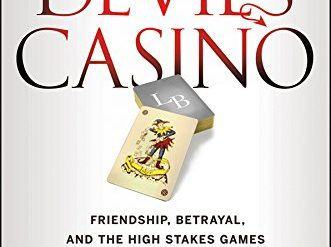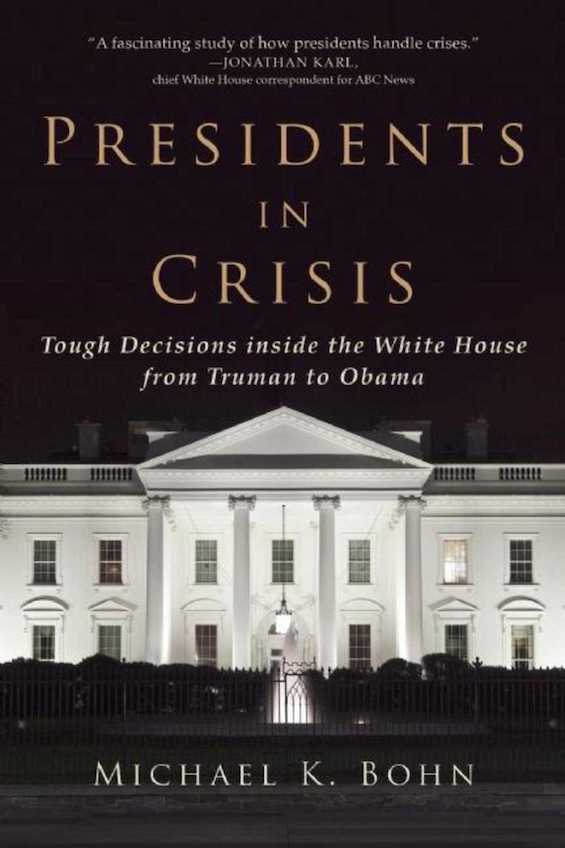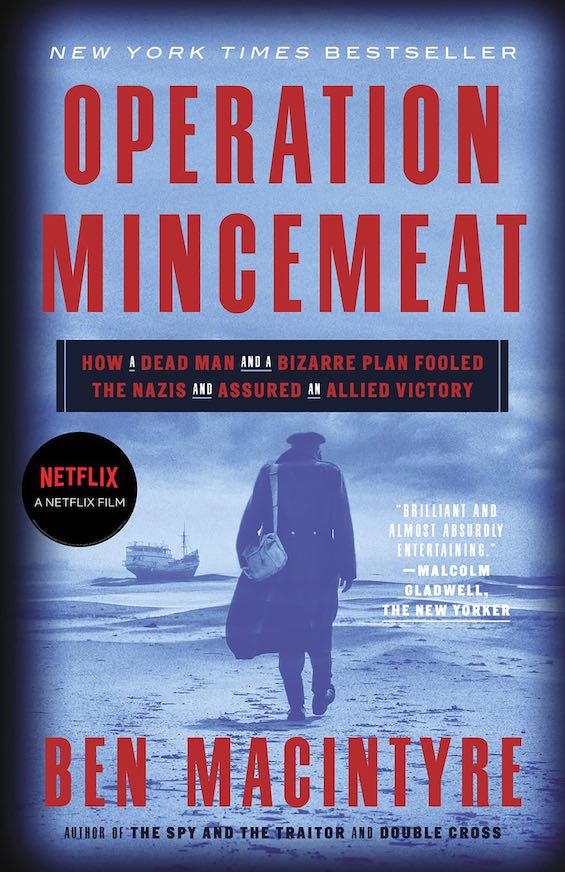
Estimated reading time: 6 minutes
Sometime in the mid-1950s, when I was in what is today called middle school, I eagerly snapped up a new nonfiction book about an astonishing World War II British spy caper. The book, The Man Who Never Was by Ewen Montagu, had been published in 1953 in the UK to great acclaim and enormous sales. Montagu had been a Lieutenant Commander in the British Naval Reserve engaged in planning operations to deceive Nazi Germany. The book told the story of how he had masterminded a successful plot that played a large role in the Allies’ victory in World War II. It was a remarkable tale of deception in World War II.
An astonishing story of deception in World War II
I don’t remember many of the books I read back then, nearly 70 years ago, but I vividly remember The Man Who Never Was. And that despite that fact that I missed the Hollywood film released a couple of years later that was based on Montagu’s book. Now, in the 21st century, when most of the secret files of intelligence operations in World War II have been declassified, much more information is available about Montagu’s operation. And Ben MacIntyre corrects the errors and misleading information in the earlier account and stitches all the facts together into a thrilling update on what the British called Operation Mincemeat.
Operation Mincemeat: How a Dead Man and a Bizarre Plan Fooled the Nazis and Assured Allied Victory by Ben MacIntyre (2010) 434 pages ★★★★★
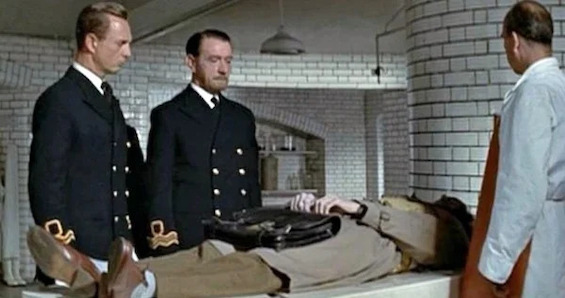
How the Allies assured victory in World War II
Ben MacIntyre’s book is even more astonishing than Montagu’s. He tells the tale at greater length, in much greater depth, and with all the warts and official secrets revealed in the telling. Never have I seen more convincing evidence that truth is, truly, stranger than fiction. MacIntyre’s Operation Mincemeat: How a Dead Man and a Bizarre Plan Fooled the Nazis and Assured Allied Victory is nothing short of a revelation. It’s one of the very best of a torrent of books based on the gradual opening of the files of the British Secret Intelligence Service beginning in the 1970s.
Correcting the record on Operation Mincemeat
In his book, MacIntyre contradicts the convenient untruths and obfuscations of Montagu’s own account. For example:
- It was not Montagu alone who managed the case but Montagu working with a Royal Air Force officer named Charles Cholmondeley (pronounced “Chumley”; don’t you just love the English?). And the original idea for the plot had been cooked up several years earlier by a certain naval commander, Ian Fleming, the creator of James Bond, then a Naval Intelligence officer.
- The dead body washed onto the Spanish shore to launch the plot was that of a mentally unbalanced, poverty-stricken, substance-abusing Welshman who probably committed suicide. He was not, as Montagu had asserted, a middle-class Scotsman who died an honorable death in a hospital. And the Welshman’s family was never asked for permission to use his body.
- The famous English pathologist who assured Montagu and Cholmondeley that no one would discover the true cause of death of the man now rechristened “Major William Martin” was clearly mistaken.
Other confounding revelations
MacIntyre also turned up a host of surprising facts about the Germans’ reaction to the deception.
- For instance, the Abwehr agent in Spain who examined the phony papers on “Major Martin’s” body and declared them genuine may have done so simply because he was desperate to prove he could deliver high-value intelligence to Berlin. He himself was one-quarter Jewish and fearful about being sent back home.
- The “German spy” sent to England to investigate the bona fides of “Major Martin” was a figment of the Nazis’ imagination. British intelligence had captured, turned, or executed every single Abwehr agent infiltrated into Britain—a fact that was still a secret when Montagu wrote his book in the early 1950s.
- The Abwehr officer in Berlin who was the ultimate authority on the authenticity of the documents and was Hitler’s favorite intelligence analyst was easily able to detect the phoniness of “Martin’s” papers. But he chose to reassure Hitler because he was a dedicated anti-Nazi and was prepared to do anything to help the Allies win the war. (He was later executed in the wake of the failed von Stauffenberg assassination plot.)
In other words, the Germans knew perfectly well that “the man who never was” was a hoax. But those who knew refused to pass the truth up the chain of command.
And that’s just a smattering of the revelations in this wonderful book. Though it’s a considerable stretch to claim that this single scheme assured victory for the Allies, it certainly played a role. If you have any interest in British history, World War II, espionage, or just want to read a real-world thriller, pick up a copy of Operation Mincemeat. I doubt you’ll be able to put it down.
About the author

British author and historian Ben MacIntyre (1963) writes a column for The Times (London). He is the author of 13 nonfiction books, most of them about World War II, espionage, or both. Five of his books have been made into documentaries by the BBC. MacIntyre holds a degree in history from St. John’s College, Cambridge. His father had been an Oxford don in modern history.
For related reading
This is one of the 10 top WWII books about espionage.
I’ve reviewed five other excellent books about World War II espionage and special operations by Ben MacIntyre:
- Agent Sonya: Moscow’s Most Daring Wartime Spy (The extraordinary Soviet spy who gave Stalin the bomb)
- Double Cross: The True Story of the D-Day Spies (A new spin on why the Normandy invasion succeeded)
- Rogue Heroes: The History of the SAS, Britain’s Secret Special Forces Unit that Sabotaged the Nazis and Changed the Nature of War (The story of the original special forces)
- A Spy Among Friends: Kim Philby and the Great Betrayal (Was Kim Philby the greatest spy ever?)
- Prisoners of the Castle: An Epic Story of Survival and Escape from Colditz, the Nazis’ Fortress Prison (The epic story of a legendary WWII Nazi POW camp)
I’ve also reviewed The Ghost Army of World War II: How One Top-Secret Unit Deceived the Enemy with Inflatable Tanks, Sound Effects, and Other Audacious Fakery by Rick Beyer and Elizabeth Sayles (An entertaining account of deception in World War II).
You’ll find this book listed on my post, 10 top nonfiction books about World War II.
You might also be interested in seeing my post, 30 good nonfiction books about espionage, and you may enjoy browsing through 20 top nonfiction books about history.If you enjoy reading history in fictional form, check out 20 most enlightening historical novels.
And you can always find my most popular reviews, and the most recent ones, on the Home Page.

